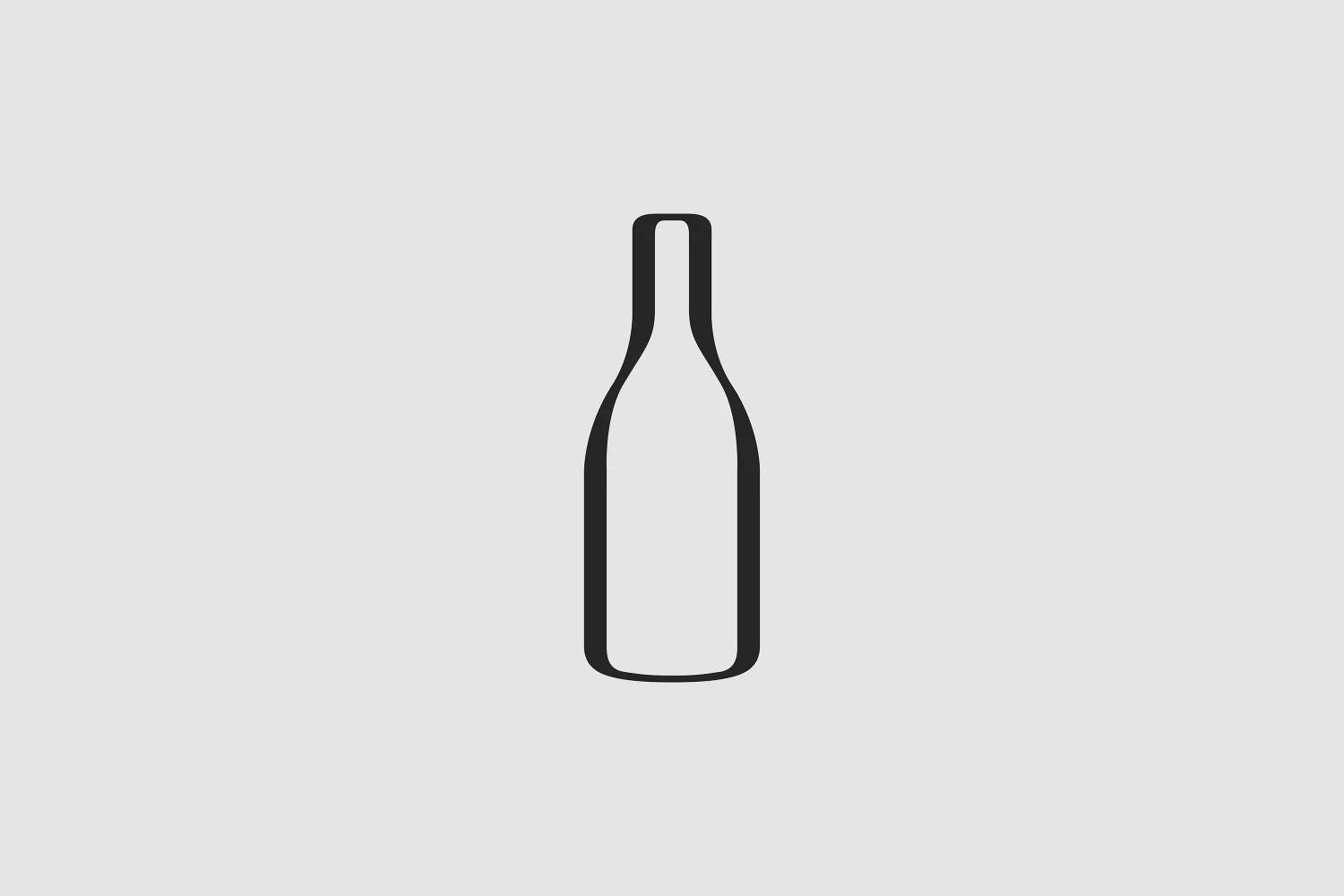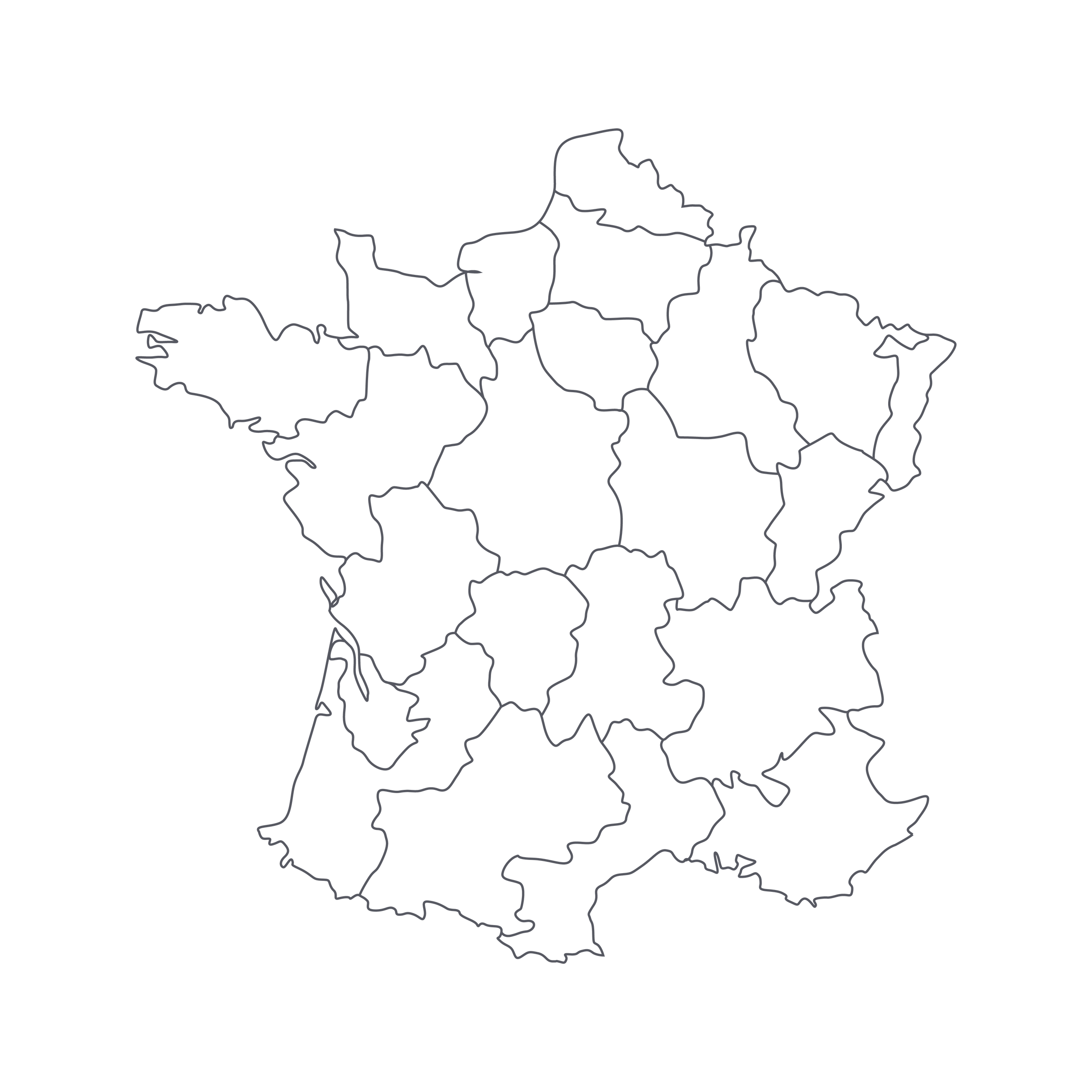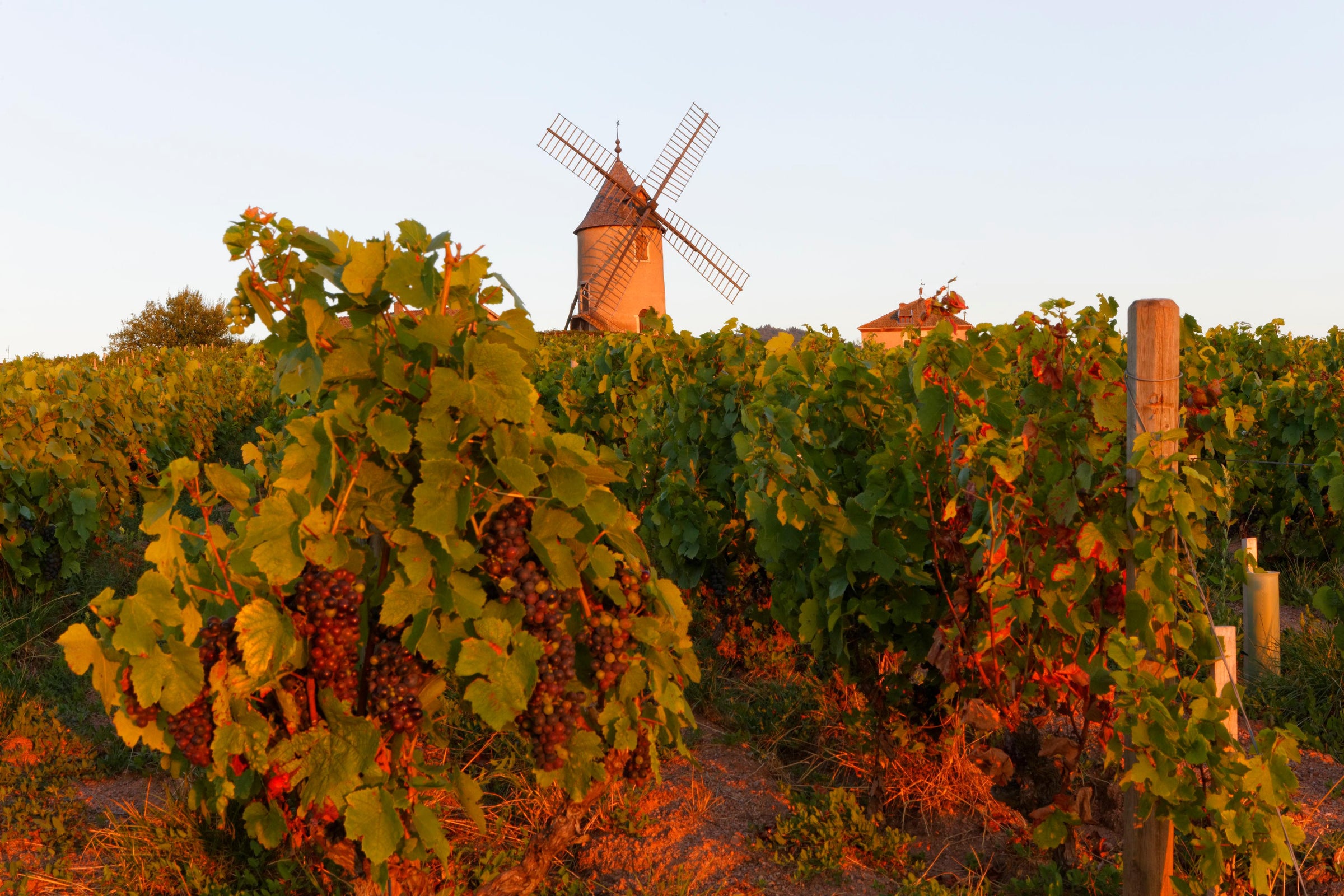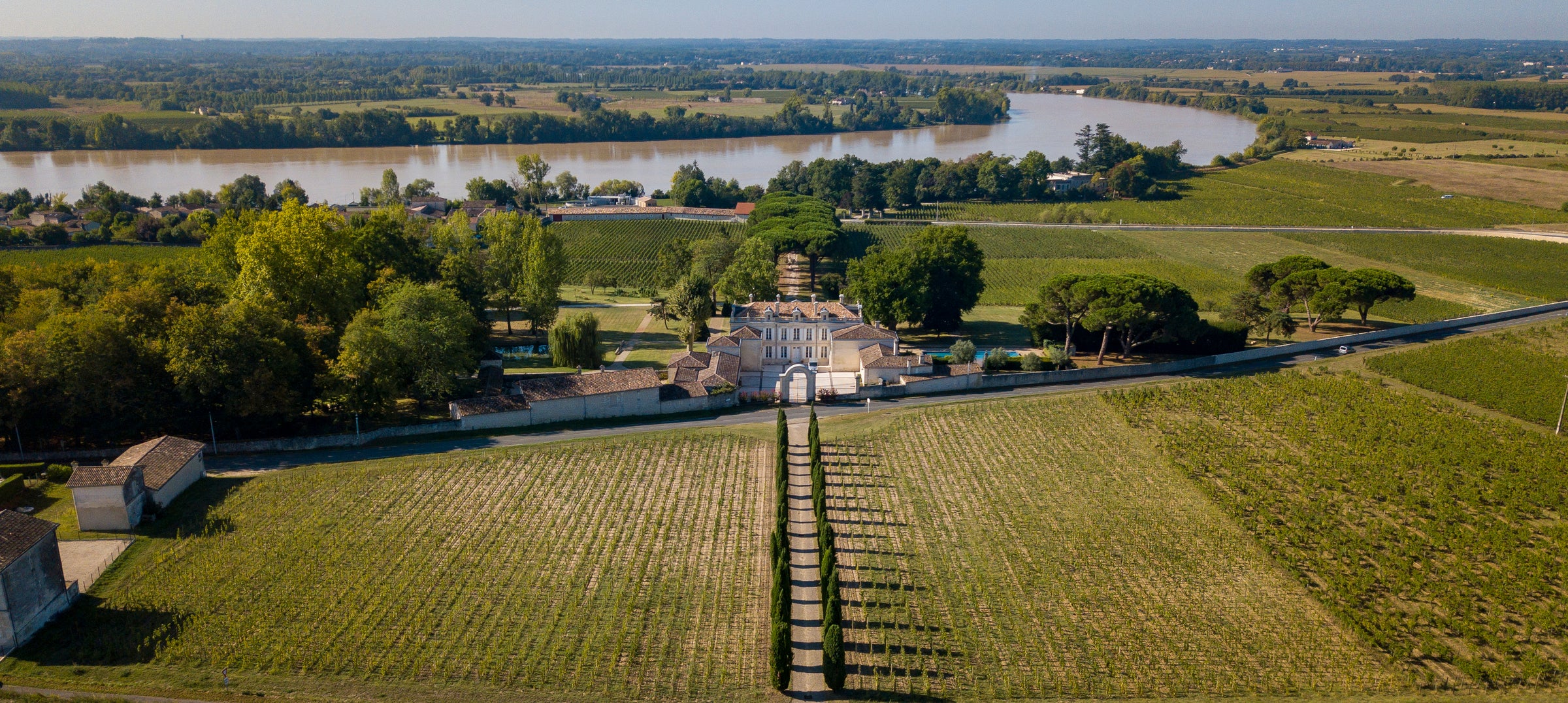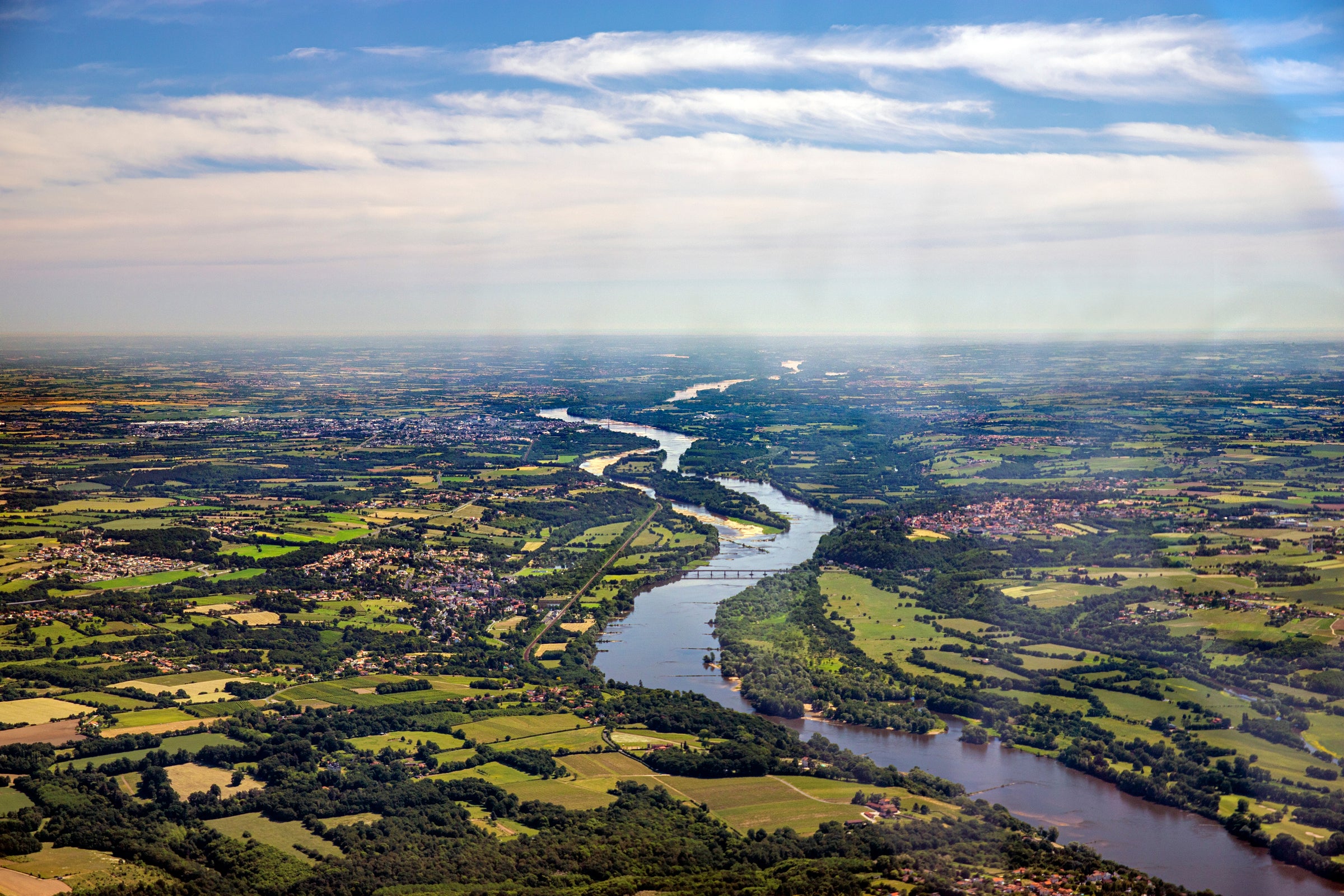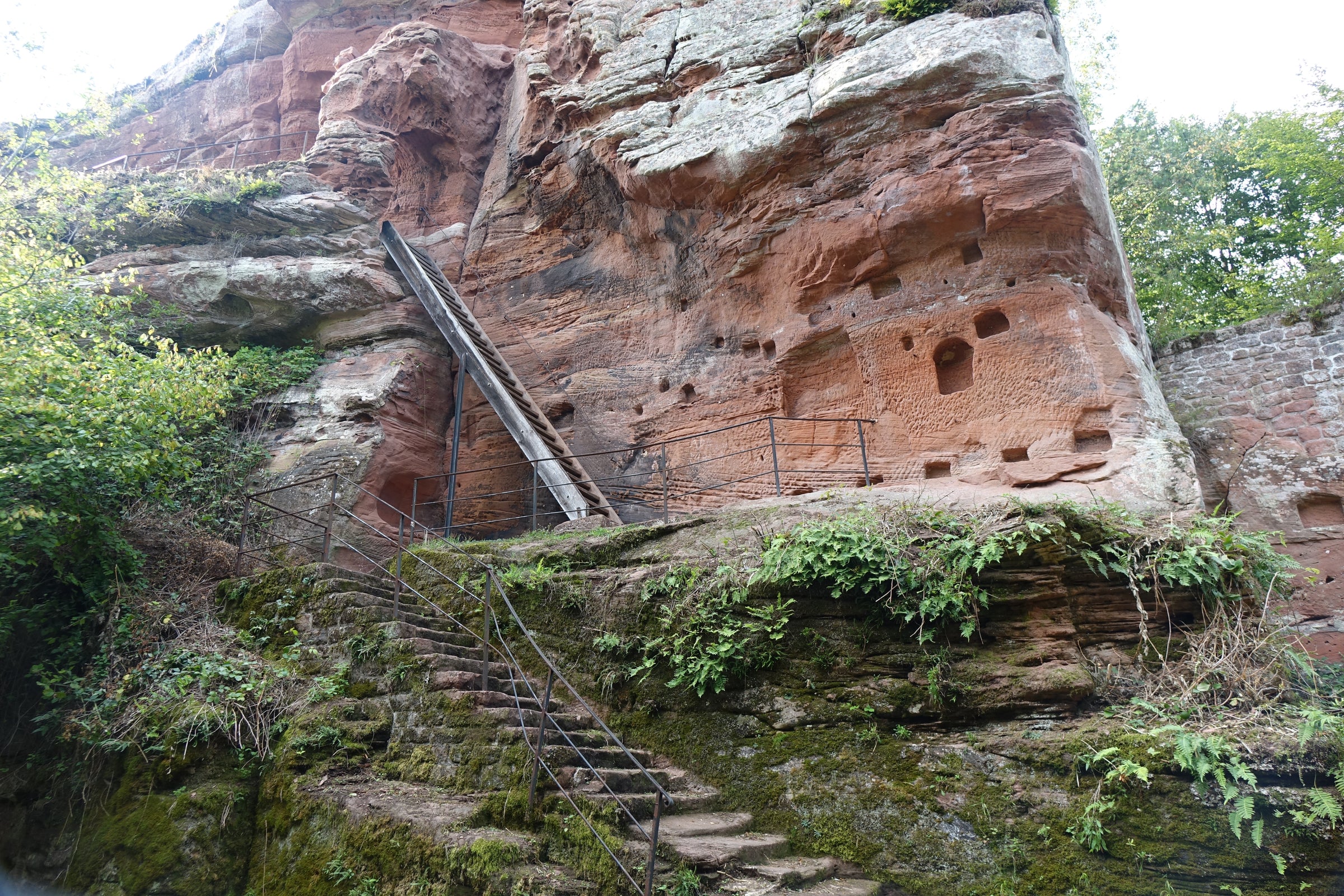This has been a spectacular year for aged Bordeaux at SommSelect—easily our best yet—and it’s not over: In fact, today’s 2011 from Saint-Estèphe-based Château Tronquoy-Lalande is one of the most pedigreed, elite wines we’ve ever offered at this price.
Because our Bordeaux buying trips have been such an embarrassment of riches lately, I worry that each individual wine doesn’t get its proper due, so in this case especially, I want to ensure that it does: Purchased by Martin and Olivier Bouygues in 2006—the same year they acquired famed “super” Second Growth Château Montrose, which is right around the corner—the 18th-century Tronquoy-Lalande was given an extraordinary makeover in both its vineyards and cellar, the latter now powered primarily by geothermal energy. As is evidenced in today’s opulent, elegant red, which is just now entering its prime drinking window, the Bouygues’ considerable investment paid off handsomely (one source pegs the figure at 10 million Euro, an extraordinary sum given the estate’s Cru Bourgeois classification and the going rate for its wines). When I first tried this wine, I considered the many excellent Bordeaux wines already on their way to us—and I paused for about five seconds before cutting the purchase order. It’s that good. I had to have it, and, if you love Bordeaux as much as I do, you’ll find room in your cellar for some.
The Bouygues brothers acquired Tronquoy-Lalande just a few months after purchasing Montrose, and at both estates—which are less than two kilometers apart—they’ve updated the
facilities with an eye for glamor and sustainability alike. The beautiful white-stone manor house on the Tronquoy-Lalande property was originally designed for the Tronquoy family by Victor Louis, the architect of the Grand Théâtre in Bordeaux. Estate vineyards now span roughly 30 hectares, and unlike at Montrose, the soils are marginally richer in clay mixed with gravel; as such, Merlot covers 52% of the Tronquoy-Lalande vineyard land (a high percentage for Saint-Estèphe), followed by Cabernet Sauvignon (39%), Petit Verdot (6%) and Cabernet Franc (3%). As at most Bordeaux estates, this mix is typically reflected in the final
cépage (blend) of the wine, although in 2011, the estate reported the percentages as 47% Cabernet Sauvignon, 42% Merlot, and 11% Petit Verdot. This vintage was beset by every climate-driven challenge in the book, and was sandwiched between two exceptional Bordeaux vintages to boot, so 2011 wines have tended to be overlooked by the press and collectors. But some quick research shows, the 2011s are being considered anew and are coming on strong in the court of public opinion.
Tronquoy-Lalande’s winemaking operation is overseen by Hervé Berland, who also supervises production over at Château Montrose; fruit is hand-harvested and fermented in stainless steel, then aged in 25% new French oak for about a year before bottling. When tasting this ’11, I found some kindred qualities to the legendary wines of Montrose (as one might expect, given their proximity): its gravelly savor and powerful structure bode well for further aging.
In the glass, today’s 2011 is a youthful-looking dark crimson moving to garnet at the rim, while on the nose some of the cigar box “secondary” notes that come with age are starting to show themselves. Aromas of black raspberry, cassis, damson plum, lilac, leather, cedar, iron, and turned earth carry over to the full-bodied, well-structured palate. It is well-concentrated and still has plenty of gas left in the tank—it improved markedly after some time open, so when you check out your first bottle, decant it 30-45 minutes before serving in Bordeaux stems at 60-65 degrees. Its deep minerality makes it a good choice for a nice rare steak or slab of roast beef, or you might consider going a little gamier and roasting a lamb leg. Whatever you choose, prepare to be mightily impressed: This is one of my favorite Bordeaux reds of the year!
